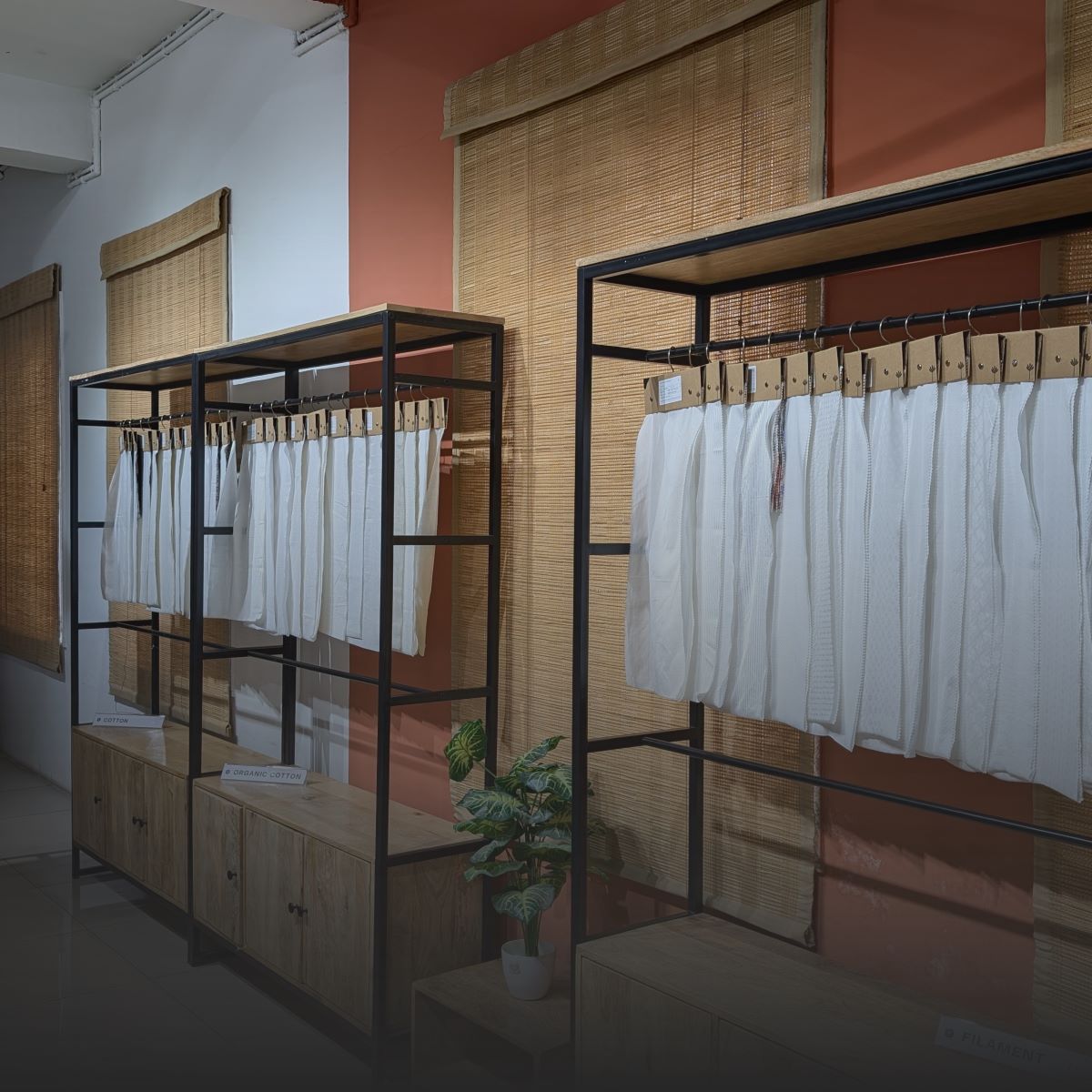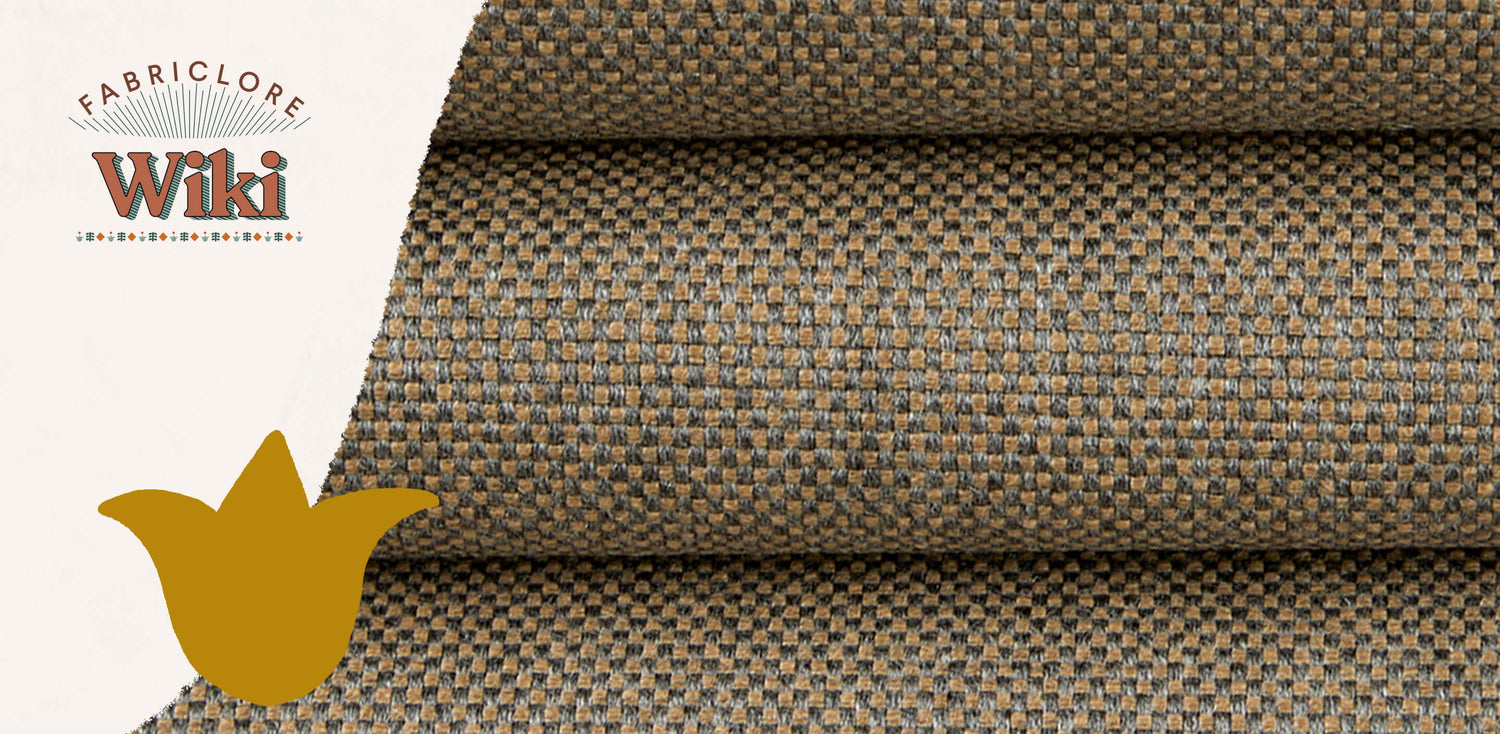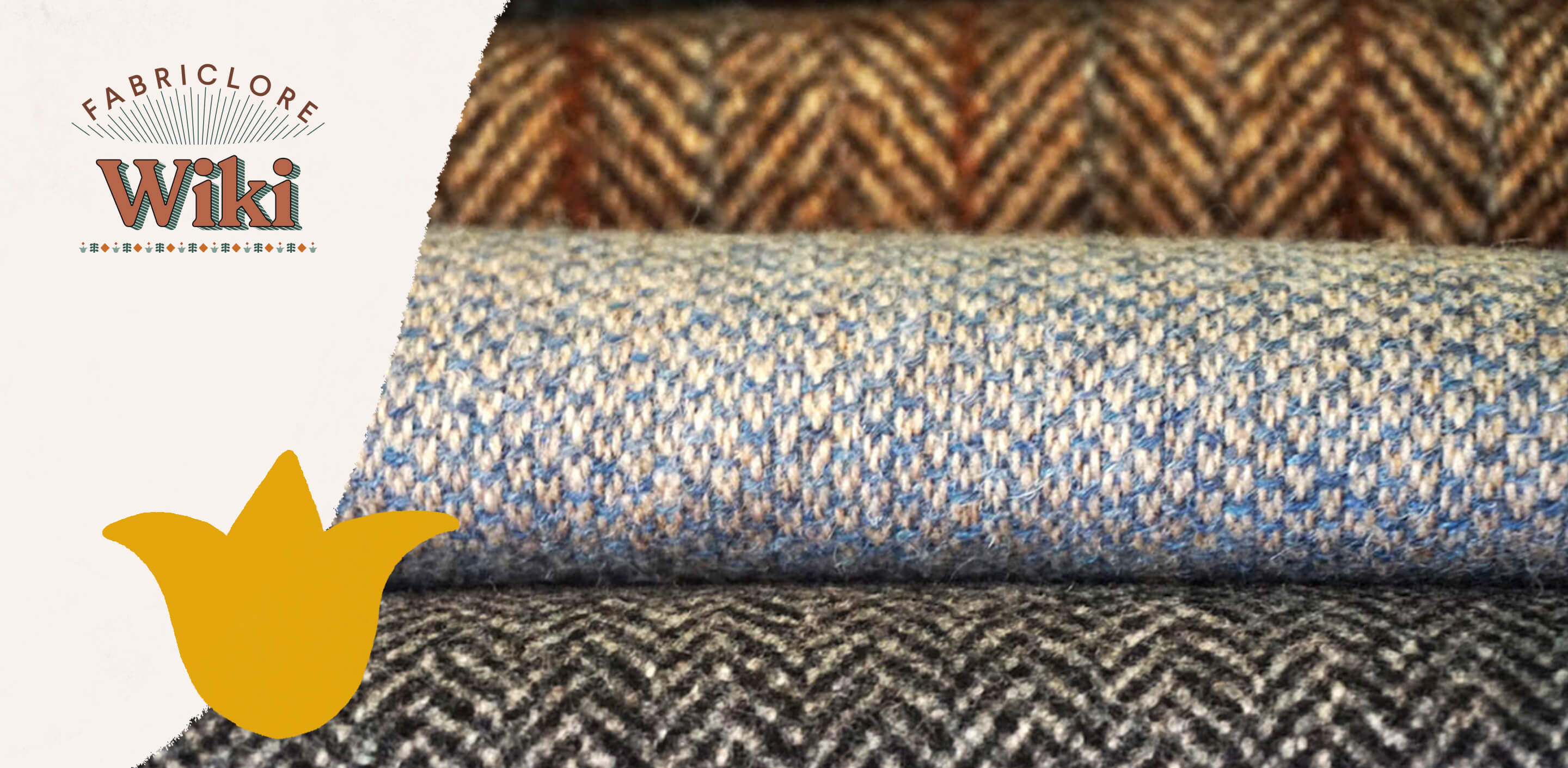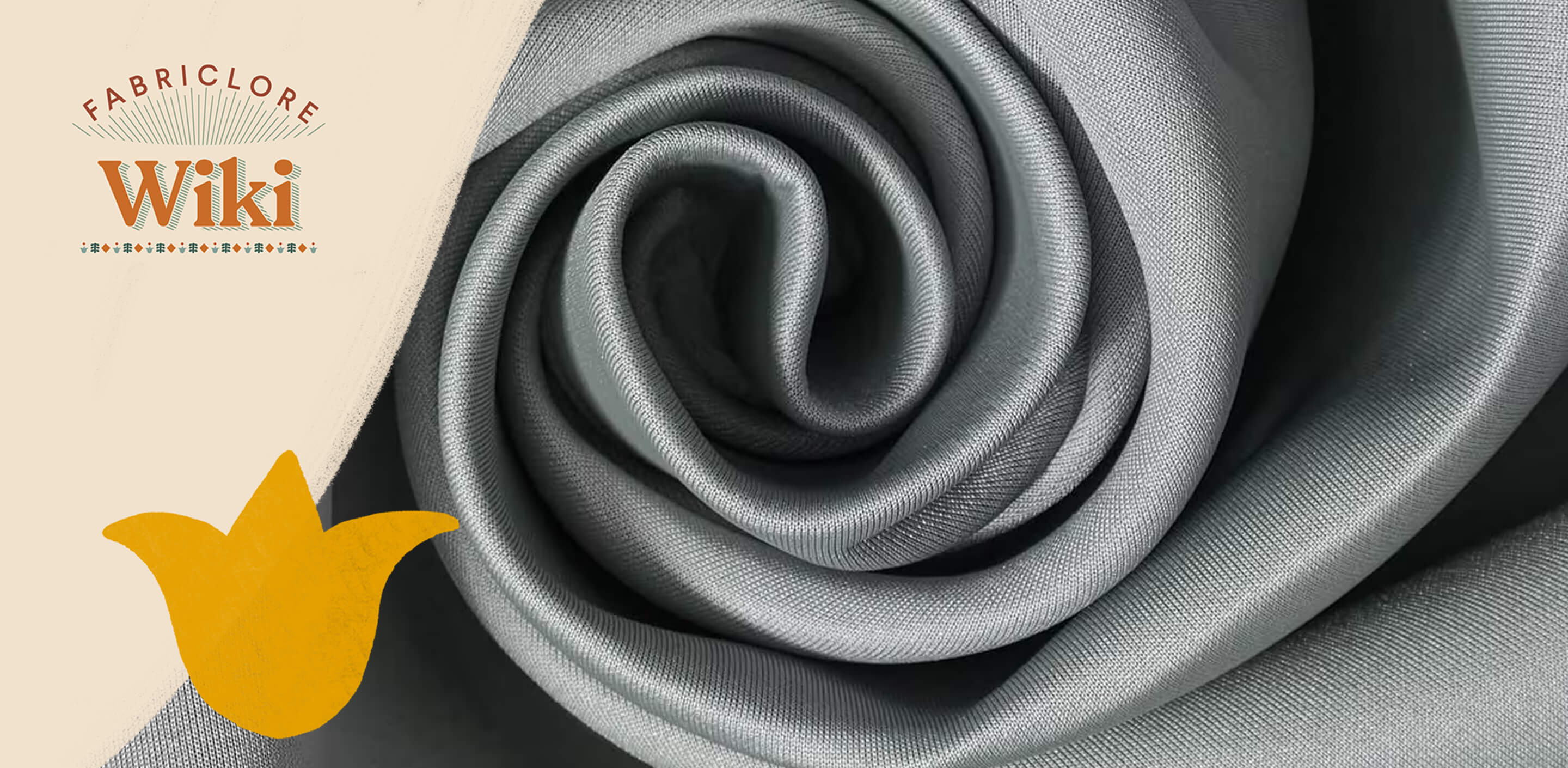1. Introduction: What is Sailcloth Fabric?
-
Sailcloth fabric is a strong, durable material specially designed to withstand heavy winds, saltwater and constant sun exposure.
- Traditionally used for making sails, today sailcloth is also popular in industries like outdoor gear, marine upholstery and industrial coverings.
- Modern sailcloth fabric can be made from natural fibers like cotton or synthetic fibers like polyester, Kevlar and carbon composites.
- Its combination of lightweight, high strength, water resistance and UV protection makes it an essential fabric for both traditional and advanced performance applications.
2. History and Evolution of Sailcloth Fabric

Ancient Times:
Early civilizations like the Egyptians, Greeks and Vikings used natural fibers such as flax, hemp and cotton to weave sails. These materials were heavy but strong enough to catch the wind.
Middle Ages to Renaissance:
Hemp and flax remained the primary materials for sails across Europe and Asia. Cotton sails also gained popularity due to better flexibility and lighter weight.
Industrial Revolution:
In the 18th and 19th centuries, new spinning and weaving techniques helped the sailcloth industry grow. Stronger cotton fabrics became easier to produce, which made sails tougher and longer-lasting.
20th Century Innovations:
With the invention of synthetic fibers, like nylon and polyester (Dacron), sailcloth fabric became stronger and more resistant to weather and rot. These materials drastically changed both recreational and competitive sailing.
Modern Day:
Today, sailcloth has evolved into high-performance fabrics, including blends of Kevlar, Spectra (UHMWPE), carbon fibers and laminated composites, designed for extreme strength and minimal stretch in racing and cruising yachts.
3. Materials Used in Sailcloth Fabric

Natural Fibers:
Cotton Sailcloth:
Historically popular, cotton provides flexibility and breathability but is heavier and absorbs water easily.
Flax and Hemp:
Early sailors used flax and hemp for their natural strength, but these fibers were less resistant to water and heavier than modern alternatives.
Synthetic Fibers:
Polyester (Dacron):
The most common material in modern sails. It is durable, UV resistant, cost-effective and retains shape well.
Aramid Fibers (e.g., Kevlar):
Extremely strong and lightweight with very low stretch, but sensitive to prolonged UV exposure.
UHMWPE (e.g., Spectra, Dyneema):
Offers an exceptional strength-to-weight ratio, high UV resistance and superior water resistance, often used in performance sails.
Carbon Fiber Composites:
Found in high-end racing sails, carbon fiber provides extreme stiffness and minimal stretch, although it is expensive.
Weaving Techniques:
Simple, strong weave commonly used in durable sailcloth fabrics.
Features a diagonal rib pattern that offers extra flexibility and strength.
Provides a smoother surface with higher flexibility and is mainly used in laminated or high-performance sailcloth.
Special Coatings and Treatments:
UV Protection Coatings:
Applied to synthetic fibers to slow degradation from sunlight.
Waterproofing Treatments:
Helps keep the fabric lightweight by repelling water.
Stiffness Finishes:
Maintain the fabric's aerodynamic shape during use.
4. Types of Sailcloth Fabric
Here, we will discuss different types of sailcloth and their key properties, ensuring each type is explained with its advantages and specific uses:
|
Type of Sailcloth |
Best Use |
Pros |
Cons |
|
Dacron (Woven Polyester) |
Cruising, general use, yachts |
Easy to maintain, cost-effective |
Heavy, not suitable for high-performance |
|
Cotton |
Traditional or vintage boat restoration |
Eco-friendly, classic look |
Heavy, absorbs water, prone to rot |
|
UHMWPE (Spectra/Dyneema) |
High-performance, racing sails |
Strong, abrasion-resistant, low stretch |
Expensive, harder to handle |
|
Aramid (Kevlar) |
High-performance, extreme conditions |
Strong, durable, low stretch |
UV degradation, expensive |
|
Laminated (Carbon Fiber) |
Elite racing, high-performance sails |
High-performance, shape retention |
Expensive, complex repair |
5. Key Features of Sailcloth Fabric:
|
Feature |
Description |
|
High Strength-to-Weight Ratio |
Sailcloth provides superior strength while remaining lightweight, critical for sailing performance. |
|
Waterproofness & Water Resistance |
Sailcloth is highly water-resistant, keeping sails dry and light. Some types are fully waterproof. |
|
UV Resistance & Longevity |
Sailcloth is treated for UV resistance, enhancing its lifespan, particularly in synthetic fabrics. |
|
Aerodynamics & Low Stretch |
The fabric maintains shape under pressure, ensuring optimal performance and stability. |
|
Tear Resistance & Durability |
Tear-resistant fibers ensure the sailcloth can withstand rough conditions and abrasive forces. |
|
Flexibility & Shape Retention |
Sailcloth adapts to wind conditions while retaining its shape, optimizing aerodynamic performance. |
|
Lightweight |
The fabric is lightweight, improving boat speed and maneuverability. |
|
Versatility in Application |
Sailcloth is used in a variety of marine and outdoor applications, from sails to tarps and backpacks. |
6. Modern Innovations in Sailcloth Fabric:
|
Innovation |
Description |
|
Laminated Sailcloth Structures |
Multi-layered fabric for enhanced strength, durability and shape retention. |
|
3D Shaping Technology |
Precision tailoring of sailcloth to maximize aerodynamic performance. |
|
High-Tech Fibers |
Use of Aramid (Kevlar), UHMWPE (Spectra) and Carbon fibers for high performance. |
|
Bio-Based & Eco-Friendly Alternatives |
Sustainable options like bio-based polyester and natural fibers like hemp and flax. |
|
Computer-Aided Design (CAD) |
Precise customization of sails for different boats and wind conditions. |
|
Advanced Coating & Finishing |
Improved water resistance, UV protection and anti-mold finishes. |
|
Smart Sailcloth & Sensor Integration |
Embedded sensors that monitor wind conditions, sail tension and fabric wear. |
7. Applications of Sailcloth Fabric
Sailcloth fabric is used for many things, not just sailing. Its strength, water resistance and durability make it perfect for a variety of uses in marine, outdoor and industrial industries. Here are the main areas where sailcloth is commonly used:
1. Sails for Boats, Yachts and Dinghies
- Sailcloth is most commonly used for sails on boats, yachts and dinghies.
- It is perfect for high-performance sailing and long-lasting cruising sails because it resists wind, UV rays and wear.
2. Outdoor Gear: Tents, Awnings and Backpacks
- Tents and awnings made from sailcloth are great for camping or creating shade, as the fabric is waterproof and durable.
- Backpacks made from sailcloth are lightweight and can withstand tough weather.
3. Industrial Uses: Tarpaulins, Covers and Upholstery
- Sailcloth is used for tarps and covers to protect machinery, trucks or equipment from rain and wind.
- It is also used for marine upholstery, making cushions and sun covers for boats that need to resist saltwater and UV rays.
4. Sporting Goods and Performance Gear
- Sailcloth is used in products like kites and parachutes because it is strong and lightweight.
- It is also used for performance wear such as windbreakers and jackets.
5. Marine Upholstery and Sun Covers
-
Sailcloth is used to make sun covers and biminis for boats to provide shade and protect against UV rays and rain.
6. Cushion Covers and Awnings for Outdoor Spaces
-
Sailcloth is used for outdoor cushions and awnings because it is durable and can handle sunlight and rain.
7. Custom Uses in Aviation and Other Sectors
- Sometimes, sailcloth is used in aviation for things like paragliders and hot air balloons.
- It can also be used in other industries like farming and transportation for things that need to be weather-resistant.
8. Advantages and Limitations of Sailcloth Fabric
Advantages of Sailcloth:
Durability and Longevity
- Sailcloth fabric can last a long time, even in harsh weather. It resists UV rays, saltwater and extreme temperatures.
- High-quality synthetic sailcloth, like Dacron or Spectra, can last for years if taken care of.
Strength and Lightness
- Sailcloth fabric is light but strong. It can handle heavy winds and pressure without breaking or tearing.
- Materials like Kevlar and carbon fiber are used for high-performance sails that need both strength and lightness.
Versatile Uses
- Sailcloth is not just for sails. It is also used for backpacks, tents, sun covers and marine upholstery.
- Its ability to handle stress and weather makes it perfect for a wide range of outdoor and indoor items.
Limitations of Sailcloth:
High Price
- Sailcloth fabric can be expensive, especially types like Kevlar and carbon fiber.
- Although it is a great investment, the high price can be a problem for those on a budget.
UV Damage (Synthetic Types)
- Over time, synthetic sailcloth (like polyester) can break down with too much sun exposure.
- Some fabrics are treated with UV-resistant coatings, but regular maintenance is still needed.
Heavier Natural Fabrics
- Cotton and linen sailcloth fabric are heavier than synthetic ones. This makes them less suitable for racing sails.
- They are also more likely to rot when exposed to moisture, so they need extra care.
Requires Maintenance
- Sailcloth needs proper care to keep it in good condition. For example, it should be cleaned after exposure to saltwater and stored dry to prevent mold.
Limited Availability of Some Fabrics
- While common fabrics like Dacron and Polyester are easy to find, more specialized fabrics like Spectra or Aramid can be harder to locate and are often more expensive.
9. Sustainability and Environmental Impact of Sailcloth Fabric

Sustainability is becoming more important when choosing materials and sailcloth is no exception. While sailcloth is useful, the environmental impact can vary depending on what it is made of. Let’s look at how sailcloth affects the environment and the rise of eco-friendly alternatives.
Traditional vs Eco-friendly Sailcloth Materials:
Traditional Sailcloth (Synthetic Fabrics):
- Most sailcloths are made from synthetic materials like Polyester, Nylon and Kevlar. These materials are very strong and durable, but they are not biodegradable, meaning they do not break down easily in nature.
- Materials like Polyester are made from petroleum, a resource that is not renewable.
- Over time, synthetic sails break down into small plastic pieces, which can harm marine life.
Eco-friendly Sailcloth Alternatives:
- Eco-friendly options like flax, hemp and organic cotton are biodegradable, so they break down naturally.
- Recycled polyester and recycled nylon are made from old sailcloth or other plastic items. These fabrics help reduce waste and save resources.
- Some sailcloth fabric is made with bio-synthetics, which are durable but will break down over time.
Recycled, Biodegradable and Upcycled Sailcloth:
Recycled Sailcloth:
- Sailcloth fabric can be recycled to make new products like bags or clothes. This helps keep old sailcloth out of landfills and reduces the need for new materials.
Biodegradable Sailcloth:
- Some sailcloth fabric is designed to be biodegradable, meaning it will naturally break down without harming the environment.
- Sailcloth made from flax or hemp is a good example of this.
Upcycled Sailcloth Products:
- Old sails can be upcycled into products like bags, wallets and even clothing. This gives the old sailcloth a second life and reduces waste.
Importance of Eco-Sails and Green Innovation:
Eco-Sails:
- Eco-sails are sails made from sustainable materials. These sails are becoming popular with sailors who want to reduce their environmental impact.
- These sails are also biodegradable, so they are better for the planet than traditional sails.
Green Innovation:
- Companies are focusing on creating sailcloth that is both eco-friendly and high-performing. This means using natural fibers, recycled materials and biodegradable coatings.
What’s Next for Sailcloth Sustainability?
- As more people choose eco-friendly products, the demand for sustainable sailcloth will continue to grow.
- Expect to see more sailcloth made from biodegradable and recycled materials in the future.
- Sailcloth companies are making progress in greener production, which will help the environment in the long run.
10. How to Care for and Maintain Sailcloth Fabric
Taking good care of sailcloth fabric is important to keep it strong, clean and long-lasting. Here is a simple guide:
Cleaning Tips:
- Rinse the sailcloth fabric with fresh water after each use, especially after sailing in saltwater.
- Clean with mild soap and a soft brush to remove dirt. Avoid harsh detergents or bleach.
- Air dry completely before storing the fabric to prevent mold and mildew.
Storage Tips:
- Store sailcloth fabric rolled, not folded. Folding can cause weak spots over time.
- Keep in a cool, dry place to avoid moisture buildup.
- Use breathable sail bags to let air circulate around the fabric.
Regular Inspection and Repairs:
- Check the fabric for small tears or worn areas after sailing.
- Fix minor damage quickly using sail tape or patches.
- Consult a sailmaker to repair larger problems in sailcloth fabric.
Extra Tips for Longer Fabric Life:
- Avoid dragging the fabric on rough surfaces like docks.
- Properly flake or roll the fabric if it can not be rolled fully.
- Remove stains like bird droppings or sap promptly to avoid damage.
11. Manufacturing Process of Sailcloth Fabric
Making sailcloth fabric involves several steps to ensure it is strong, durable and ready for sailing or outdoor use. Let’s go through it simply:
|
Step |
What Happens |
|
Material Selection |
Choosing the right fibers (natural or synthetic) |
|
Yarn Preparation |
Spinning fibers into strong threads |
|
Weaving/Laminating |
Weaving the yarns or laminating the fabric for strength |
|
Finishing |
Adding waterproof and UV-resistant coatings |
|
Testing and Grading |
Checking quality before it is used for sails |
12. Sailcloth Fabric in India
Sailcloth is used in many industries, from sailing to outdoor gear. In India, it is becoming more popular, especially in places with lots of water activities. Let’s see how sailcloth is used and where you can find it in India.
1. Availability and Demand
- Sailcloth is commonly found in coastal cities like Mumbai, Chennai and Goa, where sailing and boating are popular.
- As more people are getting into sailing and outdoor adventures, the demand for durable fabrics like sailcloth is increasing.
2. Types of Sailcloth Available in India
-
Dacron (Polyester): This is the most common type of sailcloth used in India, especially for cruising. It is affordable and strong.
-
Cotton Sailcloth: This traditional fabric is used less but still found in some heritage sails. It is eco-friendly but heavier than modern options.
- Laminated Sailcloth: This type is used for racing sails because it is lightweight and performs well at high speeds.
3. Where to Buy Sailcloth in India
-
Marine Supply Stores: In cities like Mumbai, Chennai and Goa, you can find marine stores selling sailcloth.
- Online: Websites like Fabriclore, Sailrite and Amazon offer sailcloth by the yard.
4. Eco-Friendly Sailcloth Options
-
Recycled Fabrics: Some sailcloth is made from recycled materials like PET bottles, making it better for the environment.
- Bio-based Fabrics: There is also a move towards fabrics made from plant fibers like hemp and flax, which are more eco-friendly.
13. Where to Buy Sailcloth Fabric (Online and Offline)
-
Online: You can find sailcloth at stores like Fabriclore, Sailrite and Etsy. Websites like Amazon also offer a variety of options.
-
Offline: Visit marine supply stores in coastal cities or local fabric wholesale markets in places like Delhi and Mumbai to buy sailcloth.
- Specialty Suppliers: If you need customized sailcloth for performance sails or outdoor projects, consider specialty suppliers or sail lofts.
14. Sailcloth Fabric Price Guide
The price of sailcloth fabric varies based on factors like material type, quality and usage. Here is an easy breakdown of the costs:
1. Price Factors:
Material Type:
- Synthetic fabrics like Polyester, Kevlar and Spectra are typically more expensive than natural materials like cotton and linen due to their durability and performance.
- High-performance fabrics like Spectra and carbon fiber tend to be the most expensive due to their advanced properties.
Weave Type:
- Plain weaves like Dacron (Polyester) are usually more affordable than specialized fabrics like laminated or coated sailcloth, which are used for high-performance and racing sails.
Brand & Quality:
- Well-known brands or specialized fabrics often come with a higher price tag but offer better durability and performance.
Fabric Weight:
- Heavier fabrics, used for larger sails, typically cost more than lighter fabrics, which are used for smaller sails or less demanding applications.
2. Average Price by Type:
Polyester (Dacron) Sailcloth:
- Price: $8 to $18 per yard.
- Common for cruising and recreational sails, affordable and durable.
Cotton Sailcloth:
- Price: $15 to $25 per yard.
- Used for traditional sails and vintage-style sails, more prone to wear but offers a classic look.
Aramid (Kevlar) Sailcloth:
- Price: $30 to $60 per yard.
- Known for high strength, low stretch and resistance to wear, often used in performance sails.
Spectra (UHMWPE) Sailcloth:
- Price: $40 to $90 per yard.
- Extremely lightweight and UV-resistant, a good choice for racing and high-performance sails.
Laminated Sailcloth:
- Price: $60 to $150 per yard.
- Made with multiple layers and often used in racing or high-performance sails, more expensive due to its structure.
Carbon Fiber Sailcloth:
- Price: $100 to $250 per yard.
- Premium material is used for the most advanced sails that require superior strength-to-weight ratios.
3. Price Comparison for Specific Uses:
- Cruising Sails: Polyester sailcloth (Dacron) is most commonly used, costing between $8 to $18 per yard.
- Racing Sails: Materials like Spectra, Kevlar and Laminated sailcloth are often used for high-performance sails and can range from $30 to $150 per yard, depending on the type.
Conclusion: Why Sailcloth Remains a Trusted Fabric
Sailcloth fabric is known for its strength, durability and versatility, making it a popular choice for many different uses. From the early days of sails made from flax and hemp to today's advanced materials like Kevlar and carbon composites, sailcloth has always been able to meet the demands of tough conditions. It is lightweight and resists UV rays, water and tearing, which makes it ideal not only for boating but also for a variety of outdoor and industrial uses.
Sailcloth’s long history, innovation and sustainability focus make it a fabric that continues to perform well in many applications. Whether it is for marine, outdoor or industrial use, sailcloth remains a trusted fabric for those who need durability and quality.
FAQs About Sailcloth Fabric
What is the difference between sailcloth and canvas?
Sailcloth is a lightweight, durable fabric designed for sails, with better water and UV resistance than regular canvas.
How strong is a sailcloth?
Sailcloth is very strong, especially synthetics like Kevlar and Spectra, which have a high strength-to-weight ratio.
Is sailcloth waterproof and UV-resistant?
Yes, sailcloth is waterproof and UV-resistant, making it ideal for outdoor use in harsh weather conditions.
Which is better: nylon or canvas?
Nylon is lighter and more durable than canvas and it is preferred for sails due to its strength and performance.
How long does a sailcloth last?
Sailcloth can last 5 to 10 years, depending on the material, with high-performance fabrics like Kevlar lasting longer.
Is sailcloth washable?
Yes, sailcloth is washable but should be cleaned with fresh water and mild soap to preserve its durability.
What colors are available for sailcloth?
Sailcloth usually comes in white, cream or grey, with some specialty colors like blue or black available for certain uses.
We also happen to be a magnet for suggestions, and would love to catch yours….throw us yours on hello@fabriclore.com




